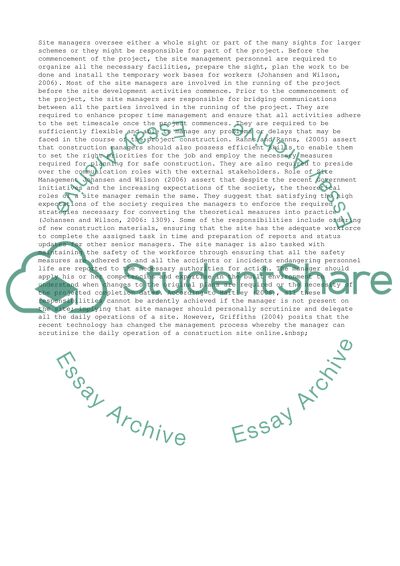Cite this document
(“Modern Management Techniques Essay Example | Topics and Well Written Essays - 2000 words - 1”, n.d.)
Retrieved from https://studentshare.org/management/1466791-modern-management-techniques
Retrieved from https://studentshare.org/management/1466791-modern-management-techniques
(Modern Management Techniques Essay Example | Topics and Well Written Essays - 2000 Words - 1)
https://studentshare.org/management/1466791-modern-management-techniques.
https://studentshare.org/management/1466791-modern-management-techniques.
“Modern Management Techniques Essay Example | Topics and Well Written Essays - 2000 Words - 1”, n.d. https://studentshare.org/management/1466791-modern-management-techniques.


